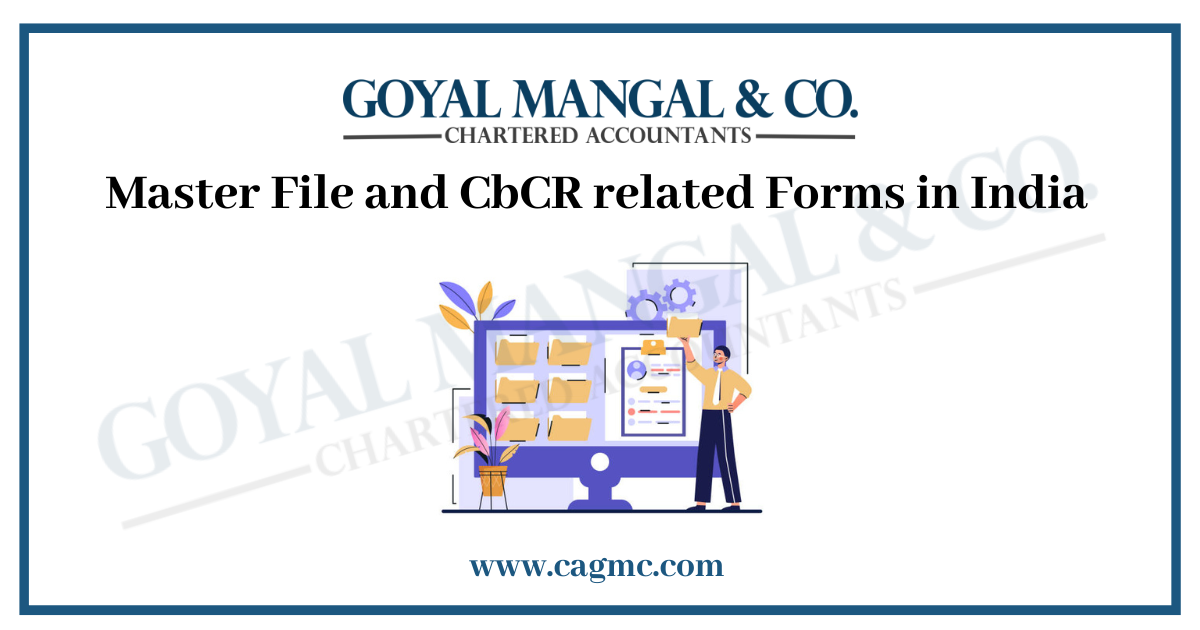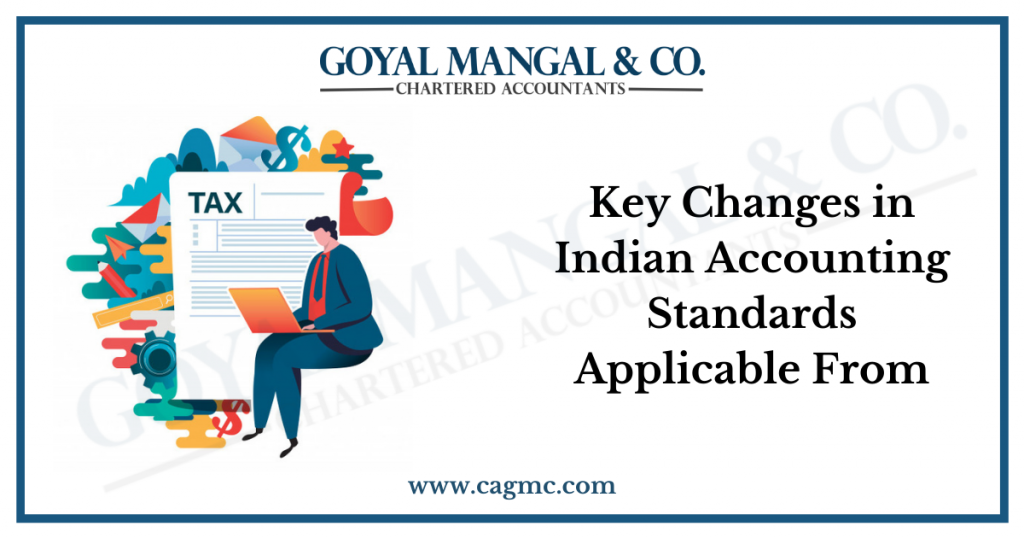
On November 1, 2017, the Ministry of Finance of India issued a press release on the Central Board of Direct Taxes (CBDT) rules regarding Transfer Pricing Documentation (TPD) in the master file and country-by-country (CbC) report. On 06/2017, the CBDT invited comments on the proposal to insert Rules 10DA, 10DB and Forms Nos. 3CEBA to 3CEBE into the Income Tax Rules, 1962 (hereinafter referred to as the “Rules”). After examining the recommendations and comments, the
CBDT issued rules regarding the master file and the CbC Report. The deadline for submitting the CbC Report for the reporting financial year 2016-17 has been extended to 31 March 2018. The deadline for submitting the master file for the fiscal year 2016-17 has also been extended to March 31, 2018 as a time-relief measure.
Meaning of Master File
A set of records related to one of the main entities of an information system, such as customers, employees, products, and vendors. Master files contain descriptive data such as names and addresses, as well as summary information such as amounts owed and year-to-date sale, contrast with the transaction file.
Master file – rule 10DA – Monetary threshold for Maintenance of Master File
The international group will keep information and documents in the master file when:
- The consolidated group income of the international group is more than Rs 500 million (as shown in the consolidated financial statements of the international group) and
- Total value of international transactions —
- It is more than Rs. 50 million during the accounting year, according to the books of accounts, or
- It is more than Rs. 10 million in connection with the purchase, sale, transfer, lease or use of intangible assets.
Manner of Filing Master File Related Forms
The following are the Manner of Filing Master File Related Forms:
Master File Form 3CEAA
International group information will be provided in the master file on Form 3CEAA. Such a form consists of two parts:
- Part A of Form 3CEAA: Must be filed by every constituent entity of an international group even if the dual threshold of group income (i.e. Rs 500 crore) and international transaction (i.e. Rs 50/10 crore) is not met.
- Part B of Form 3CEAA: This section must be completed by the founding entity that meets the two-threshold condition listed above.
- Notification Form 3CEAB: If the international group has more than one constituent entity established in India, it should designate one entity to file the master file on Form 3CEAA. In such a case, Form 3CEAA must be filed by that designated underlying entity and its notification should be filed on Form 3CEAB.
Background of Country by Country Reporting (CbCR)
Section 92D of the Information technology Act, 2000 requires the maintenance of prescribed information and documents relating to international transactions and specified domestic transactions.
The OECD Report on Basic Erosion and Profit Shifting (BEPS) Action Plan 13 provides revised standards for transfer pricing documentation and a template for reporting income, earnings, taxes paid, and certain indicators of economic activity by country. The BEPS report recommends that countries adopt a standardised approach to transfer pricing documentation.
Objectives of CbCR related Forms
The key objectives of Country Based Reporting (CbCR) are as follows: –
- The report calls for taxpayers to articulate a consistent stance on transfer pricing around the world.
- The report will provide the tax administration with useful information to assess the risk.
- It will make it easier for tax administrations to determine where their resources can be used most effectively and, in the event of an audit, provide information to initiate and target audit investigations.
Monetary threshold for maintenance of Country-by-Country Report related forms
As per rule 10DB, where the consolidated group income of the international group exceeds Rs. 5500 crore for country-wise reporting, Monetary threshold for maintenance of Country-by-Country Report related forms are as follows:
- Form 3CEAC Information: An Indian entity whose parent entity is located outside India will have to provide information on or before the prescribed date on Form 3CEAC: –
- Whether it is an international group’s alternative reporting entity; or
- Details of the parent accounting entity or alternative reporting entity, if part of an international group, and the country in whose territory the said entities are resident.
Manner and due date of filing of Country-by-Country Report
Manner and due date of filing of Country-by-Country Report can be understood as follows:
| Category | Requirement | Due date of filing CbC report |
| Parent Entity or alternate reporting entity, resident in India | File CbCR in Form 3CEAD for every reporting accounting year | Within 12 months from end of reporting accounting year |
| Constituent entity resident in India (whose parent entity is not a resident in India) | File CbCR in Form 3CEAD for every reporting accounting year | Within 12 months from end of reporting accounting year |
Conclusion
An unprecedented focus on aggressive international tax planning has rocked the country under the leadership of the most powerful players in the world of international tax administration and policymaking. Emerging economies, notably India, China, and Brazil, have taken a more active role in shaping the new international tax regime, despite not being members of the OECD. The Indian Courts and Judiciary discover and interpret tax laws and give judgments, which today, in the current trend, the world is watching with binocular vision.


